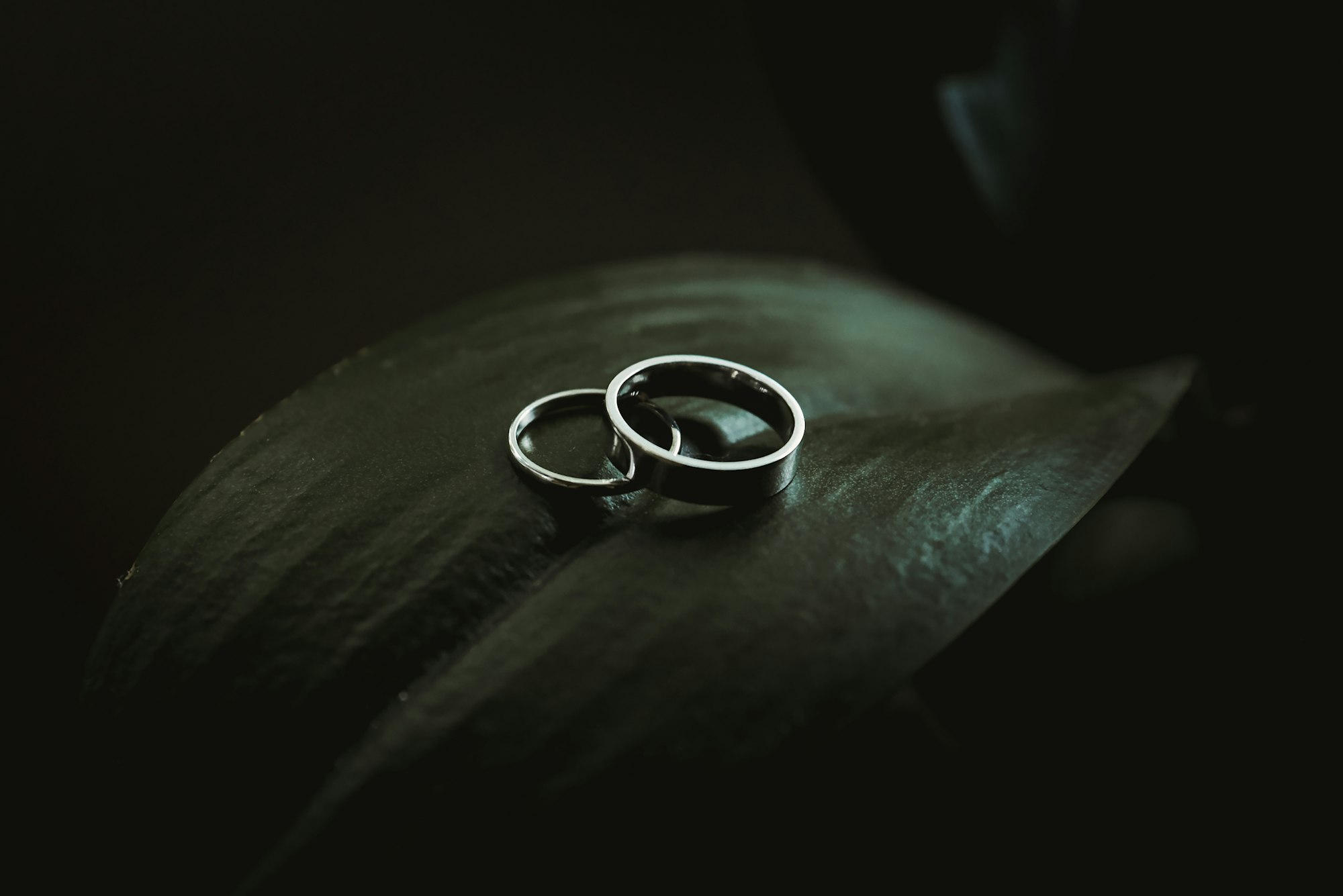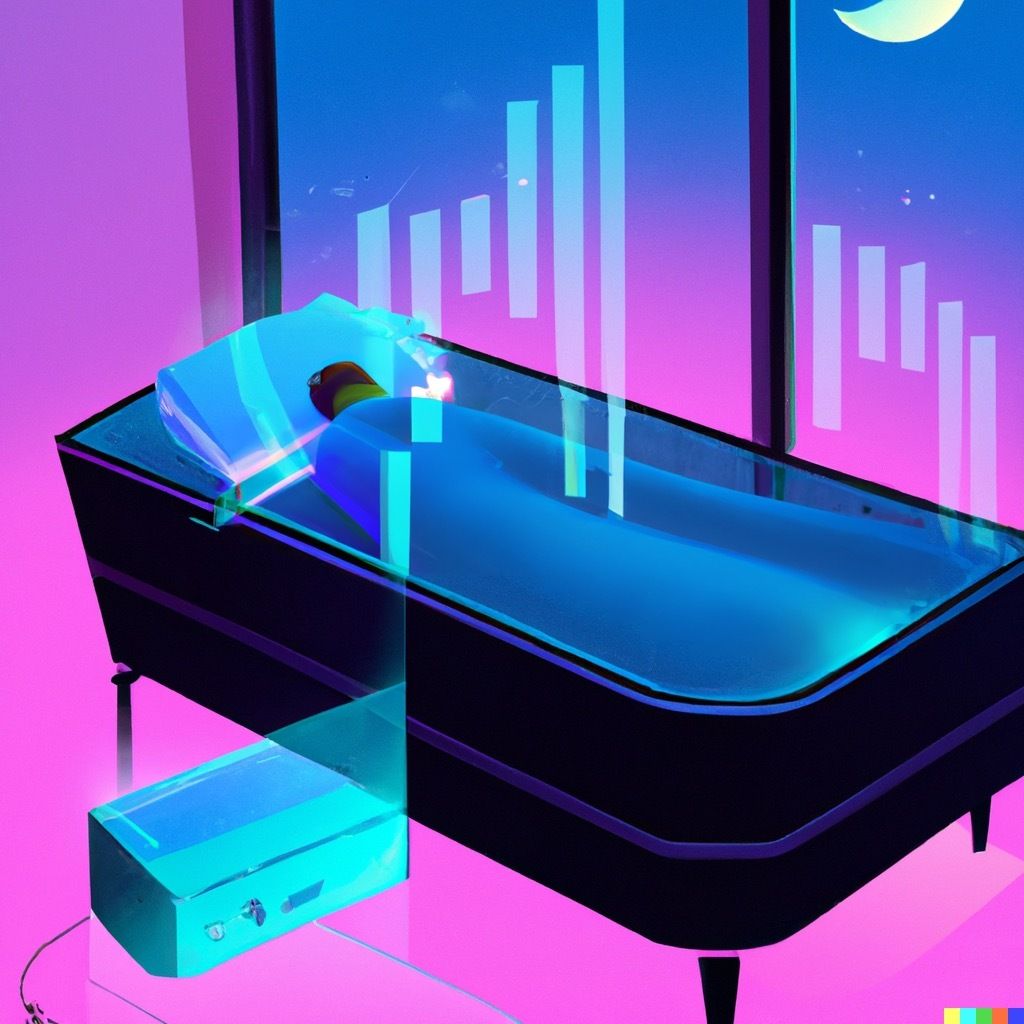The New Generation 3 Oura Ring: What's In It For Your Sleep?
We examined all of the data comparing the Oura 2 vs. 3 and have put it together for you here. Learn more about Oura ring's 3rd generation

Editorial assistance: Miriam LeMaistre
Following Whoop’s fourth-generation release, Oura just announced the release of its new Generation 3 ring with some impressive updates to its sensors and sleep algorithm.
What's new
The new features provide users with even more accurate and precise metrics, which translates into increased possibilities to improve your sleep and overall health. We’ve sifted through all the data, and here’s a run-down on what to know and how the new ring stacks up:
- One of the biggest changes to the new Oura Ring is new sensors that enable real-time heart rate data throughout the day. This opens up possibilities to see how different activities (like a run, a Zoom meeting, or that extra cup of coffee) affect your heart rate, and also enables improved heart rate and recovery analysis around your cardiovascular fitness.
- Compared to the Gen 2 ring, the new ring has added temperature sensors and improved calibration of the previous system, resulting in overall improved accuracy. Body temperature can be used in a host of ways, ranging from monitoring fertility to predicting illness. By tracking your normal body temperature rhythm, deviations can be detected with advanced technology which predicts physiological changes.
- The Generation 3 ring now measures blood oxygen levels and continues to measure your respiration rate.
Read more about how Oura stacks up against other devices:

How accurate is the new Oura Ring?
The combination of movement, temperature, heart rate, heart rate variability, and blood oxygen metrics provides a foundation for a robust, multi-faceted, sleep staging algorithm that goes way beyond other wearables on the market.
In fact, the Generation 3 Oura ring is able to accurately identify the correct stage of sleep most of the time. REM stage sleep was accurately classified 91% of the time, Light Non-REM 80%, and Deep Non-REM 91% of the time. The ring also matches up well with polysomnography (PSG) sleep studies, which are considered the gold standard of sleep measurement.
The Gen 3 ring matches PSG studies 79% of the time, while other wrist wearables (such as Fitbit, Apple Watch, etc.) average approximately 60-65% accuracy in identifying stages of sleep, according to Oura. Naps can now also be detected and integrated into your overall sleep score, which helps give a broader picture of your sleep and can provide insights into whether or not naps are improving your overall sleep health.

The data collection to validate the Oura Generation 3 ring is impressive. Researchers gathered 3,444 hours of data from 106 people aged 15-73 from the U.S., Finland, and Singapore (study participants were prescreened and had no health or significant sleep issues). The new software advances and stemming data from Oura is a great foundation to build on, and there are boundless opportunities to discover how their advanced technology can translate into improved sleep and wellbeing.
It is hard to imagine who would not benefit from the Oura ring. Athletes, busy professionals, parents trying to balance health among several competing demands, those wishing to make health changes, or just the average adult who wants to better understand how behavior impacts your physiology, could all gain insights from Oura’s new sensor-packed tracker.
The science and accuracy behind the flashing red and green lights could be used to know when to wind down to get a good night’s rest, how your body responds to stressful life events, or what strategies (e.g., meditation or deep breathing) work best for you. Let’s get to tracking and learning more about our sleep and health!
